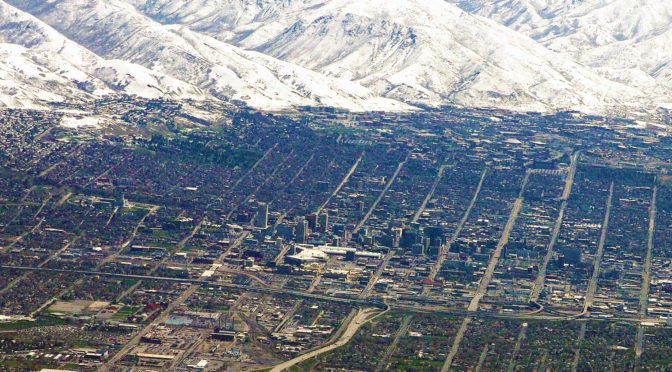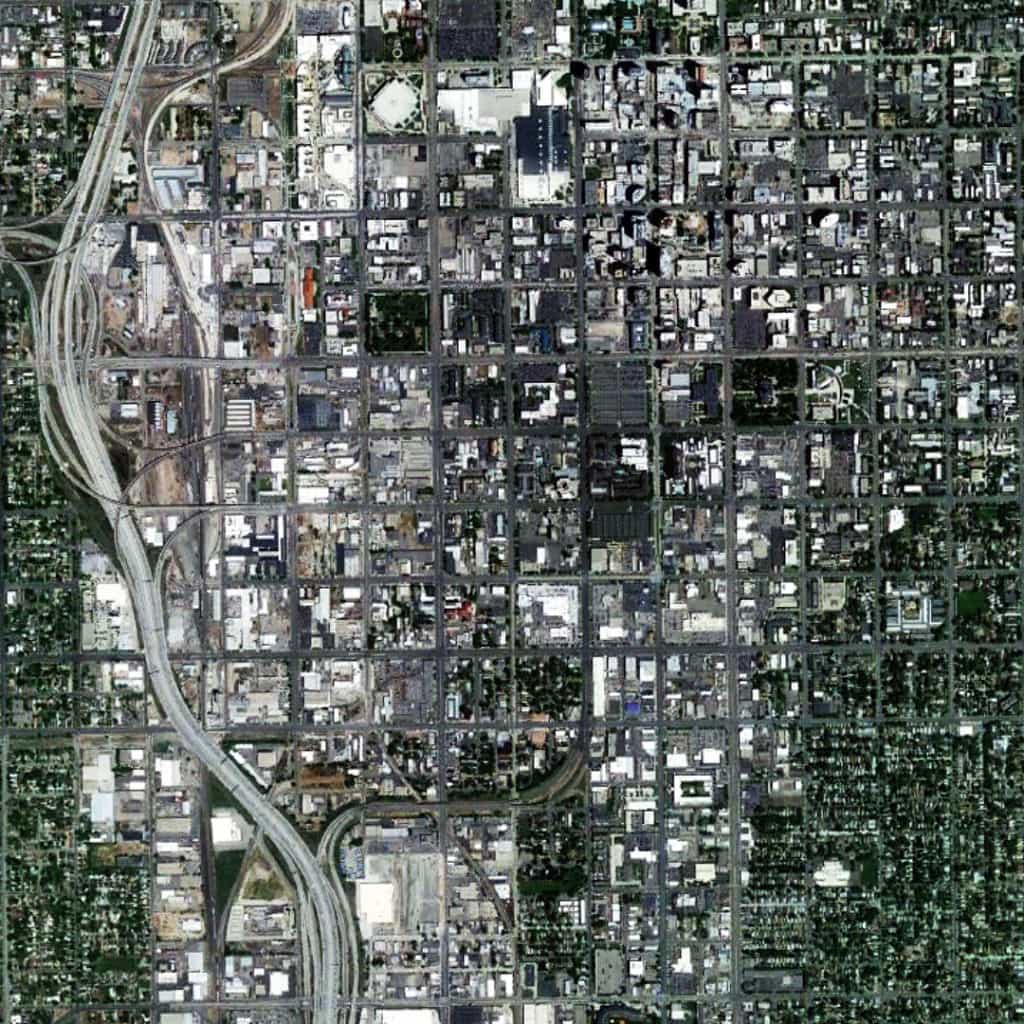More Poor Richard, Part 1
by Dr. Mark David Major, AICP, CNU-A, The Outlaw Urbanist contributor
Courteous Reader,
I attempted to win your favor when I wrote my first Almanac for Architects and Planners, in the name of the public good and professional betterment, by way of earning some profit and a wife. I am gratified by your expression of encouragement for my tireless efforts dedicated to these aims. Alas, my circumstances still find me exceedingly poor and, unluckily, exceedingly wifeless. I am required to earn some profit to address both problems whilst now addressing a third, namely testing the proposition that insanity is “doing the same thing over and over again and expecting different results.” To satisfy my own particular brand of insanity, I have written more proverbs and whimsical sayings for your benefit and, hopefully, my own.
As before on The Outlaw Urbanist, I write this new Almanac in increments of ten, according to the dictates of Moses and the Almighty. However, once published as an Almanac for Architects and Planners, the proverbs and witticisms were gathered into a number equal to the days of the week, after being reliably informed that both seven and ten are sacred numbers. My desired requirement for a wife is sufficient motive to write this new Almanac in the hope it will find your favor and retweets as a means of demonstrating the usefulness of my continued efforts but also your charity to this sane Friend and poor Servant,
Richard
On Cities
1. As big as the road, so will the car be.
2. When American urban designers and planners developed an allergic reaction to straight lines and right angles, our cities started sneezing phlegm all over the place.
3. A ‘road to nowhere’ is much less important than all the ‘somewheres’ it will eventually lead.
4. Suburban sprawl breeds idiotic driving behaviors.
5. Interruptus en extremis isn’t any good for urban life… or your sex life.
6. Pursuing (politically palatable) green spaces to the exclusion of (hard choice) urbanity is a self-defeating proposition. We have that, it’s called suburban sprawl.
7. Observe the world around you before daring to create anew.
8. Every city should have at least one Electric Avenue we gonna rock down and then take it higher… perhaps even two.
9. The pattern of great cities is at once sensuous and logical; elegant with the past, restless in the present, and pregnant with future potential.
10. Part is to whole as whole is to part in the city.
Issue 2 of More Poor Richard for Architects and Planners cometh soon!

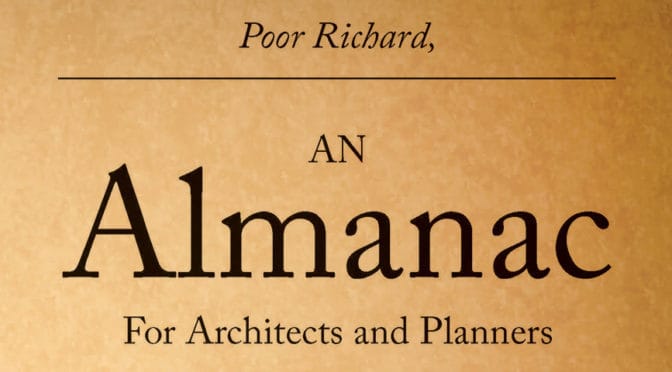
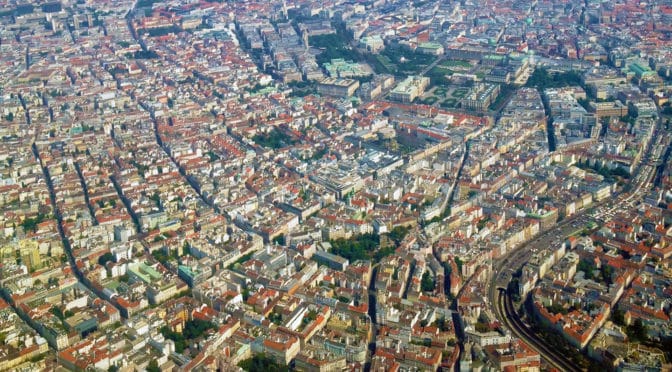
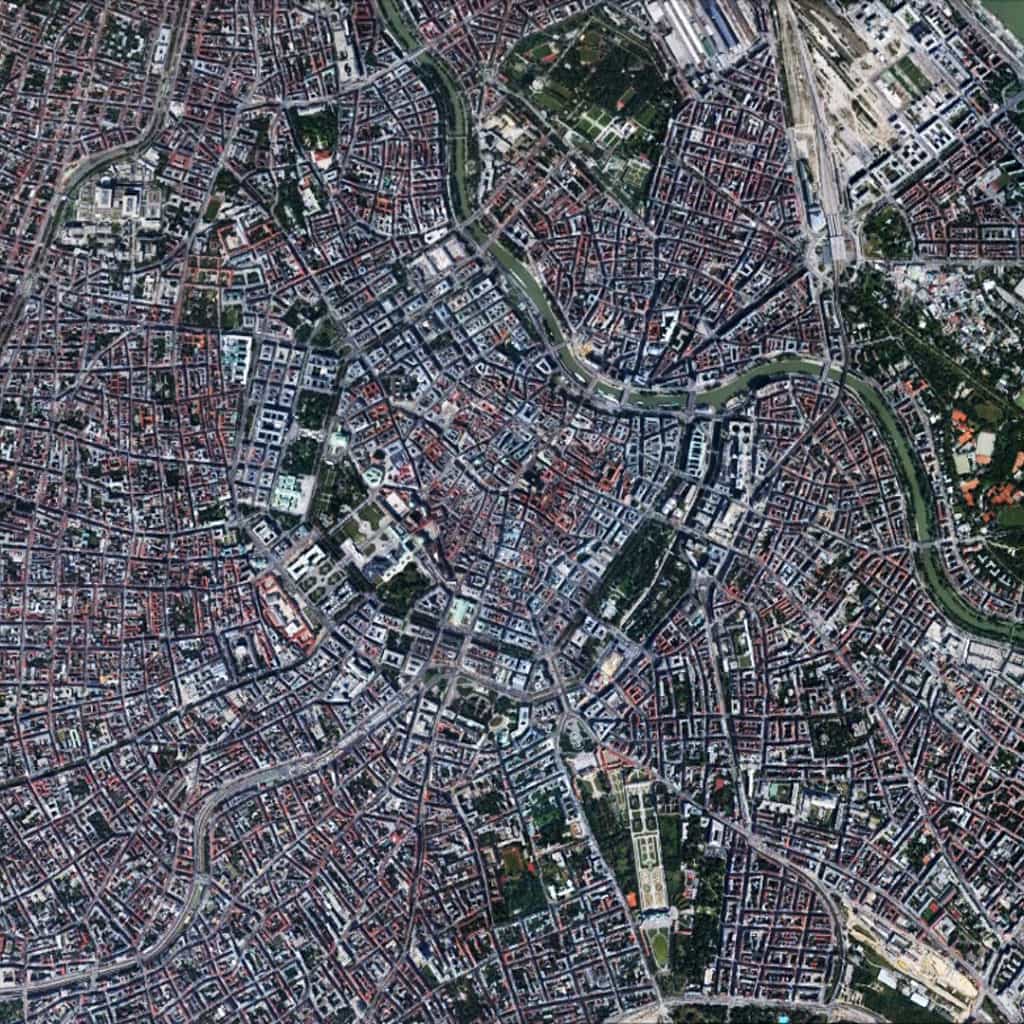
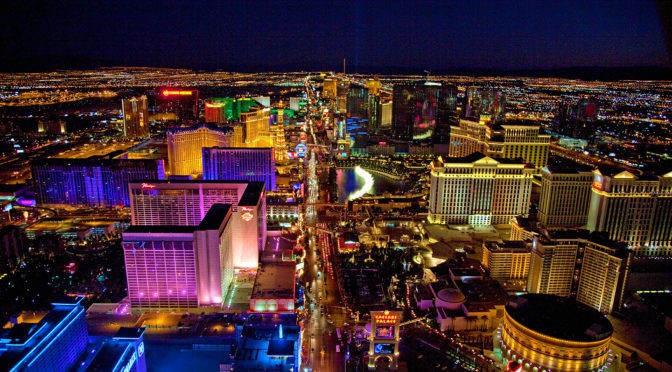
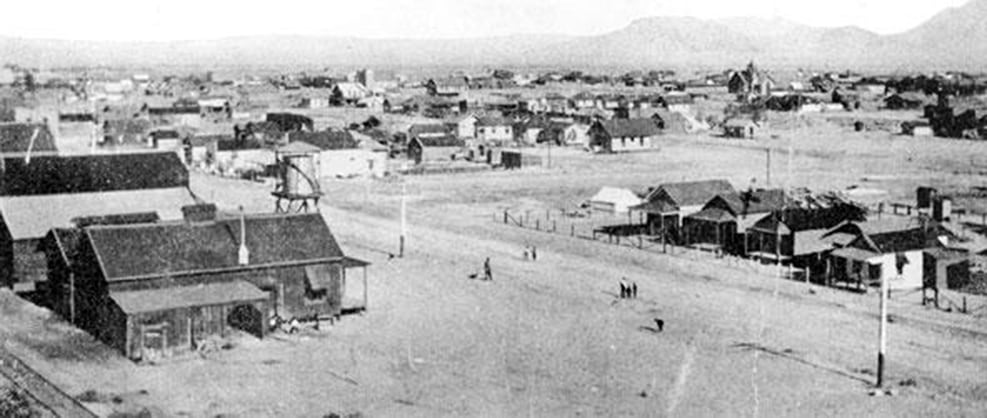
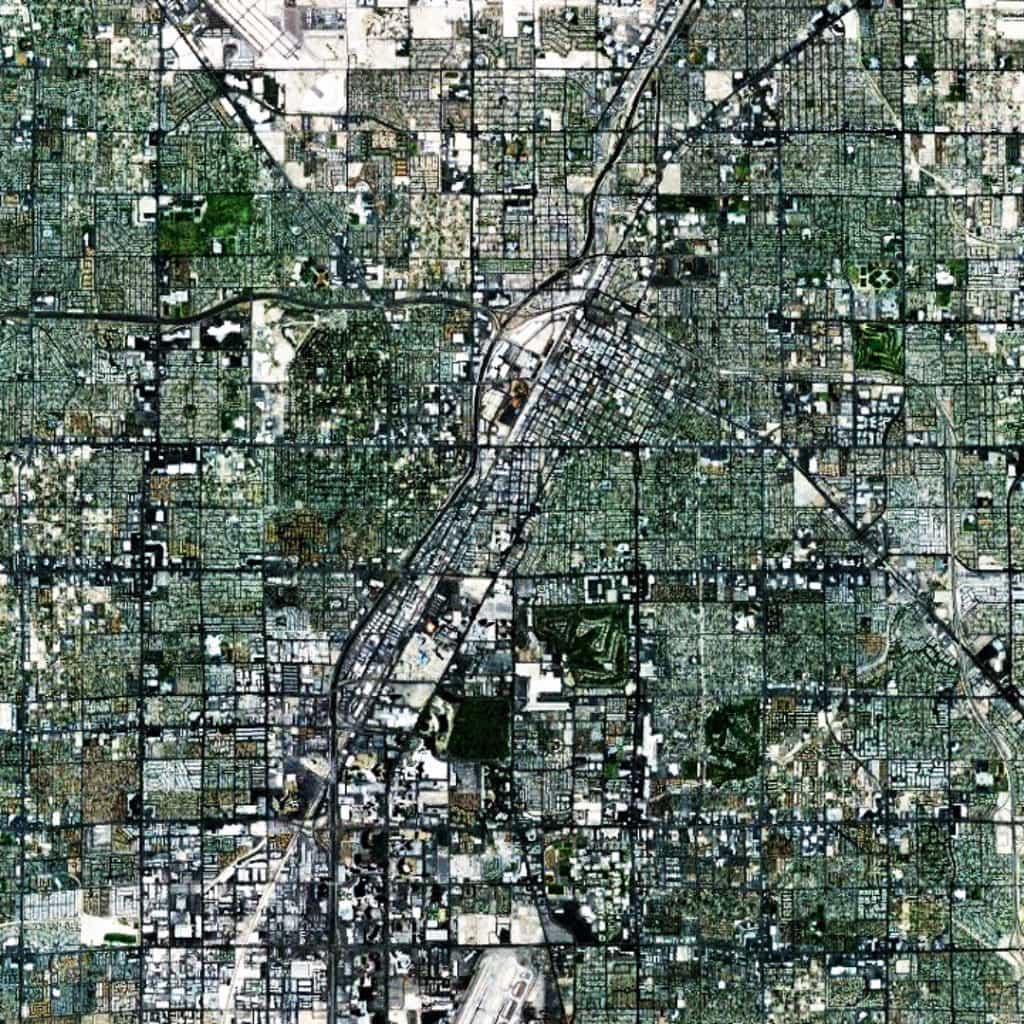

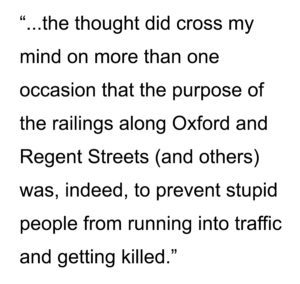 No doubt the reason I found this rant so funny was, having lived in London for 8 years, the thought did cross my mind on more than one occasion that the purpose of the railings along Oxford and Regent Streets (and others) was, indeed, to prevent stupid people from running into traffic and getting killed. Of course, this is not the case. Instead, the purpose of the railings is to corral pedestrians on the sidewalk in areas with high foot traffic (like pigs in a pen) so the majority of street space is reserved for automobile traffic. London’s railings are fundamentally anti-pedestrian, pro-automobile planning measures. God forbid if pedestrians occupy more of the street space for their use to the detriment of keeping traffic moving! So, the real purpose of the railings was to prevent stupid drivers in 5-ton death machines from killing pedestrians, awarding ‘exclusivity’ of street space to these drivers when we should be slowing the traffic down in deference to pedestrians. In the late 1990s, London has begun to learn and adjust to this lesson. When I visit London (hopefully) sometime in the next 4-6 months, I’m eager to see for myself how far they have taken the lesson over the last decade. I like to think Eddie’s satirical rant played a small role in changing the dynamic.
No doubt the reason I found this rant so funny was, having lived in London for 8 years, the thought did cross my mind on more than one occasion that the purpose of the railings along Oxford and Regent Streets (and others) was, indeed, to prevent stupid people from running into traffic and getting killed. Of course, this is not the case. Instead, the purpose of the railings is to corral pedestrians on the sidewalk in areas with high foot traffic (like pigs in a pen) so the majority of street space is reserved for automobile traffic. London’s railings are fundamentally anti-pedestrian, pro-automobile planning measures. God forbid if pedestrians occupy more of the street space for their use to the detriment of keeping traffic moving! So, the real purpose of the railings was to prevent stupid drivers in 5-ton death machines from killing pedestrians, awarding ‘exclusivity’ of street space to these drivers when we should be slowing the traffic down in deference to pedestrians. In the late 1990s, London has begun to learn and adjust to this lesson. When I visit London (hopefully) sometime in the next 4-6 months, I’m eager to see for myself how far they have taken the lesson over the last decade. I like to think Eddie’s satirical rant played a small role in changing the dynamic.